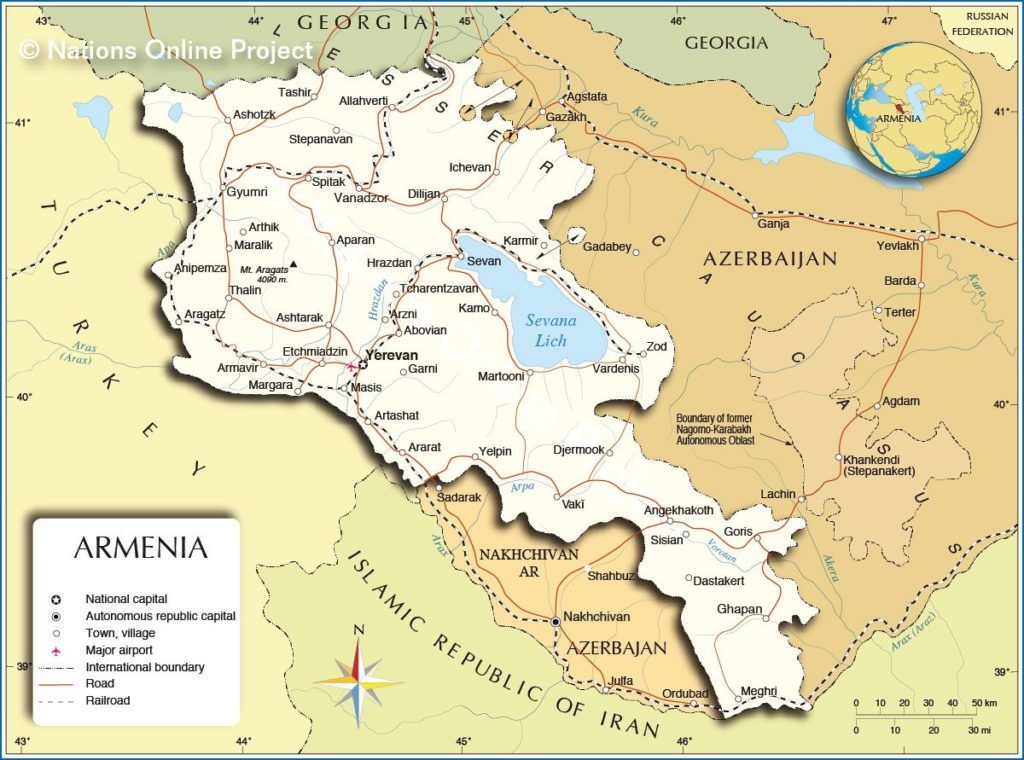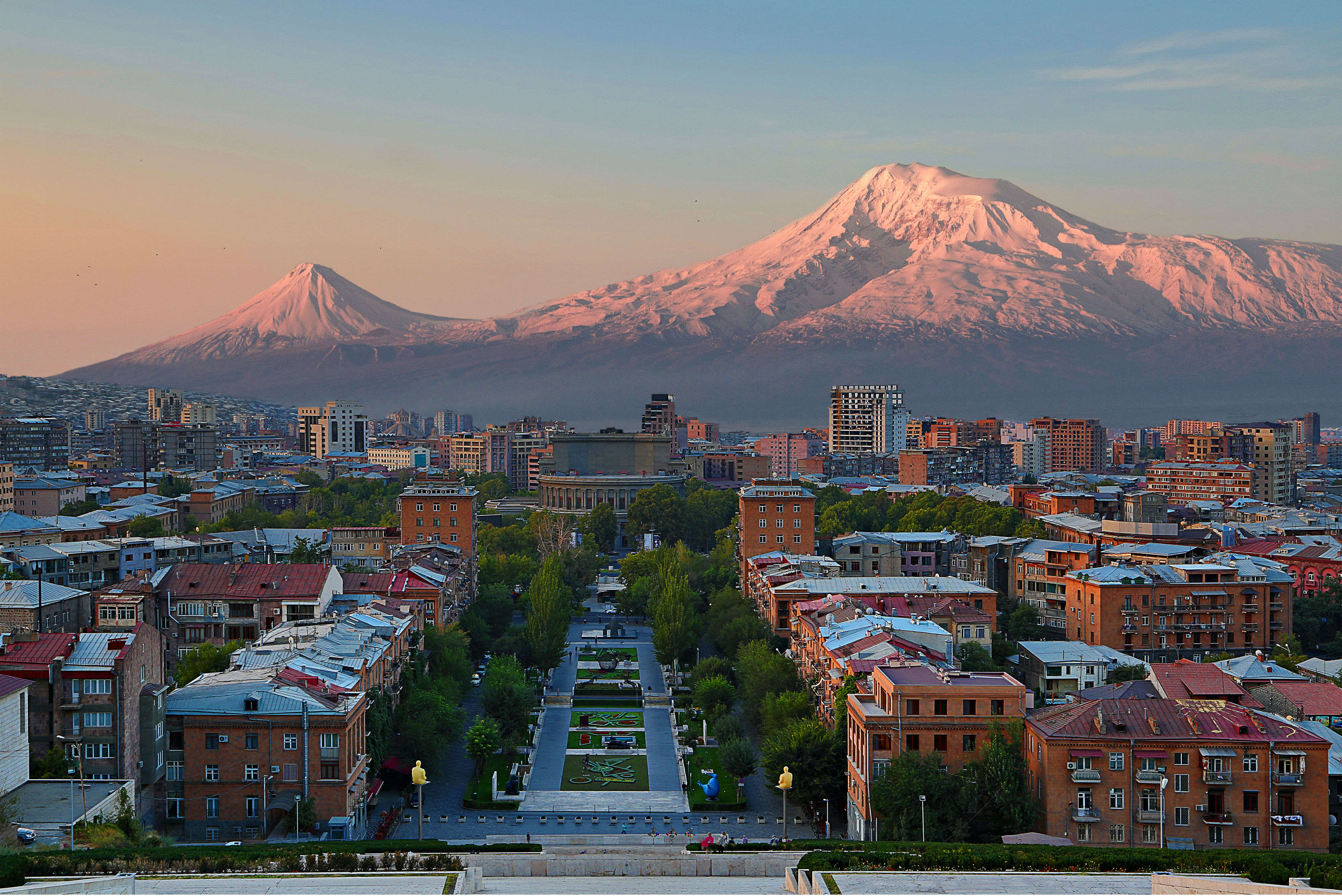Armenia-Iran Border: A Vital Lifeline In A Shifting Region
The Armenia-Iran border, though one of the shortest international land frontiers, stands as a critical artery in the complex geopolitical landscape of the South Caucasus and the Middle East. Far more than just a line on a map, this 44 km (27 mi) stretch of land, running from the tripoint with Azerbaijan’s Nakhchivan region in the west to the tripoint with Azerbaijan proper in the east, embodies a unique blend of strategic importance, economic necessity, and human refuge. It is a testament to enduring ties and a crucial passage for those navigating regional uncertainties.
For many, particularly in times of heightened regional tension, the Armenia-Iran border near Nurduz and the Agarak crossing has transformed into a literal gateway to safety. As conflicts escalate and geopolitical shifts reverberate across the Middle East, this seemingly modest border has become a beacon of hope, offering a pathway to stability and a fresh start for thousands seeking refuge from turmoil. Understanding its multifaceted role is key to grasping the intricate dynamics of this vital region.
Table of Contents
- The Geopolitical Significance of the Armenia-Iran Border
- The Armenia-Iran Border as a Lifeline for Travelers
- Navigating the Agarak-Nurduz Crossing
- Historical Context and Diplomatic Ties
- Security and Military Presence
- Economic and Trade Relations
- Future Prospects and Challenges
- Why the Armenia-Iran Border Matters to You
The Geopolitical Significance of the Armenia-Iran Border
The Armenia-Iran border, despite its brevity, holds disproportionate geopolitical weight. It represents Iran's only direct land link to the South Caucasus that bypasses Azerbaijan and Turkey, making it a crucial strategic asset for Tehran. This unique positioning allows for a degree of regional maneuverability and influence that would otherwise be constrained. The border's significance is further amplified by the volatile nature of the surrounding regions, particularly the ongoing tensions between Armenia and Azerbaijan, and the broader Middle Eastern conflicts.
A Unique and Short Frontier
Measuring just 44 kilometers, the Armenia-Iran border is remarkably short compared to many other international boundaries. It begins at the tripoint with Azerbaijan’s Nakhchivan exclave in the west and extends eastward to the tripoint with Azerbaijan proper. This geographical configuration means that Iran shares a land border with Armenia, a Christian-majority nation, while being predominantly surrounded by Muslim-majority countries. This unique adjacency fosters a relationship built on shared strategic interests, often serving as a counter-balance to other regional powers. The border near Nurduz, for instance, is a testament to this close proximity and the practicalities of cross-border interaction.
Iran's Stance on Regional Changes
Iran has consistently expressed its strong disapproval of any geopolitical changes in the region that could alter its existing borders or influence. Since the days of the 2020 Artsakh War, Tehran has made it unequivocally clear that any attempts to create new corridors or modify established frontiers are "unacceptable." This firm stance underscores Iran's commitment to maintaining the current regional balance of power and protecting its strategic access to Armenia. The potential for a "Zangezur Corridor" through Armenia's Syunik province, which borders Iran, has been a particular point of concern for Tehran, as it could disrupt the existing transit routes and reduce Armenia's sovereignty over its southern territories, thereby impacting Iran's direct connection to Armenia.
The Armenia-Iran Border as a Lifeline for Travelers
Beyond its strategic importance, the Armenia-Iran border has taken on a profoundly humanitarian role, serving as a vital lifeline for thousands seeking to escape growing violence and uncertainty in the wider Middle East. This function became particularly evident when regional tensions flared, making other travel routes perilous or impossible. The Agarak border crossing, though described as hot, dusty, and desert-like, offers a tangible path to safety for those in dire circumstances.
Escaping Violence and Uncertainty
In times of crisis, when other avenues for departure are closed, the land border with Armenia via Agarak has remained a crucial open channel. For example, as of Saturday, June 14, while Iran's airspace remained closed following new barrages of Israeli air strikes hitting Tehran overnight, the land border with Armenia (Agarak) was confirmed to be open. This stark contrast highlights the border's role as a reliable escape route. Citizens seeking to depart Iran by air were advised to confirm travel plans with their airlines, but for those needing immediate land passage, the Armenia-Iran border offered a critical alternative. For many, the destination was the Armenian border, a gateway to the promise of safety.
Who is Crossing?
The Agarak crossing has become a melting pot of nationalities, reflecting the diverse origins of those affected by regional instability. Among the thousands trying to escape, one finds Iranians, Armenians, Russians, and Indians. This diverse flow of people underscores the broad impact of geopolitical events and the universal human desire for security. The relative ease of crossing the border from Armenia to Iran via the Agarak and Nurduz crossing, "compared to reports we’ve heard for other borders," further solidifies its reputation as a preferred and more accessible route for those in transit.
Navigating the Agarak-Nurduz Crossing
The Agarak border crossing, the sole land crossing between Armenia and Iran, is the primary point of entry and exit. While it might be "hot, dusty and feels like a desert," the experience of crossing is generally reported to be "relatively relaxed" compared to other regional borders. This ease of passage is a significant factor in its appeal as a lifeline. Travelers should be prepared for typical border procedures, including passport checks and customs inspections. Information on what to prepare, transport to and from the border, prices, and onwards travel into Iran is readily available and crucial for a smooth journey. The withdrawal of Russian border guards from Armenia’s sole border crossing with Iran, announced by Prime Minister Nikol Pashinyan, signifies Armenia's increasing sovereign control over its borders, potentially streamlining future processes while maintaining security.
Historical Context and Diplomatic Ties
The relationship between Armenia and Iran is deeply rooted in history, characterized by centuries of cultural exchange and, more recently, strategic partnership. Despite occasional bumps, the two nations have maintained a pragmatic and often warm relationship. A notable incident occurred in 1994 when Armenia accidentally shot down an Iranian military plane. Armenia promptly sent a delegation to Iran to apologize, demonstrating a commitment to de-escalation and maintaining good relations. Crucially, this incident did not prevent the two countries from signing significant trade deals, illustrating the resilience and importance of their bilateral ties. This ability to overcome challenges underscores the foundational strength of their diplomatic relationship, which prioritizes shared interests over isolated incidents.
Security and Military Presence
Security along the Armenia-Iran border is paramount, given the volatile regional context. Both nations have a vested interest in maintaining stability and preventing any spillover of conflicts. While Armenia's troops historically joined existing Russian service members along the border with Turkey, the recent announcement by Prime Minister Nikol Pashinyan regarding Russia's completed withdrawal of its border guards from Armenia’s sole border crossing with Iran marks a significant shift. This development places more direct responsibility for border security in Armenian hands, a move that aligns with Armenia's broader efforts to assert greater sovereignty. In a demonstration of continued cooperation and shared security concerns, Iran has also offered assistance. In October 2023, Iran’s Army Chief of Staff, Major General Mohammad Bagheri, offered to send Iranian military observers to the conditional border between Armenia and Azerbaijan in a meeting with the Secretary of Armenia’s Security Council, Armen Grigoryan. This offer highlights Iran's active interest in regional stability and its willingness to support Armenia's security posture, particularly concerning its contentious border with Azerbaijan.
Economic and Trade Relations
Economic cooperation forms a robust pillar of the Armenia-Iran relationship. Despite international sanctions on Iran, the two countries have consistently sought to expand their trade ties. The Agarak-Nurduz crossing is not just a humanitarian corridor but also a vital trade artery. Armenia serves as a crucial transit route for Iranian goods to the Eurasian Economic Union (EAEU) and, potentially, further into Europe, bypassing Turkey and Azerbaijan. Conversely, Iranian energy resources and goods are essential for Armenia's economy. The strategic agreement that Iran was secretly pursuing with Armenia since 2021, as reported in the Armenian press, likely encompasses deeper economic and infrastructure cooperation, aiming to solidify these vital trade links and ensure long-term stability in their bilateral economic partnership. This economic interdependence provides a strong incentive for both nations to maintain a stable and open border.
Future Prospects and Challenges
The future of the Armenia-Iran border relationship is intertwined with the broader geopolitical shifts in the South Caucasus and the Middle East. While the relationship is generally strong, challenges persist. Regional conflicts, particularly the unresolved Armenia-Azerbaijan Nagorno-Karabakh issue and the potential for new transport corridors, could impact the border's dynamics. However, the consistent high-level engagement, such as the meeting between Iran’s army chief and Armenia’s security council secretary, indicates a shared commitment to dialogue and cooperation. The strategic agreement pursued by Iran with Armenia, if fully realized, could further solidify their long-term partnership, potentially leading to increased infrastructure development and more integrated cross-border initiatives. The border's role as a humanitarian corridor is also likely to remain significant as regional tensions ebb and flow, underscoring its enduring importance beyond mere geopolitical calculations.
Why the Armenia-Iran Border Matters to You
Whether you are a traveler seeking safe passage, a business looking for new trade routes, or simply an observer of international relations, the Armenia-Iran border holds significant relevance. For travelers, understanding its operational status and the relatively relaxed crossing procedures at Agarak can be crucial for planning safe and efficient journeys, especially during times of regional unrest. For businesses, this border represents a unique gateway for trade and transit between Iran and the Eurasian Economic Union, offering opportunities for economic growth and diversification. From a geopolitical perspective, the stability and unique relationship between Armenia and Iran serve as a fascinating case study in regional diplomacy and strategic alliances. The border's consistent role as a lifeline, its strategic importance to Iran, and the ongoing diplomatic efforts to maintain its stability make it a focal point for anyone interested in the complex tapestry of the South Caucasus and the broader Middle East. Its continued function as a bridge, both literally and metaphorically, will undoubtedly shape the future of the region.
The Armenia-Iran border is a testament to resilience, a symbol of strategic necessity, and a beacon of hope for many. Its continued stability and functionality are not just beneficial for Armenia and Iran but also contribute to the broader regional equilibrium. We invite you to share your thoughts and experiences regarding this vital border in the comments below. Have you crossed it? What insights do you have? Your perspectives enrich our understanding of this crucial passage. For more insights into regional dynamics, explore other articles on our site covering the geopolitical landscape of the South Caucasus.

Where is Armenia? | iArmenia: Armenian History, Holidays, Sights, Events

Unlocking Armenia, The Travel Insider’s Destination To Visit In 2020

Armenia – the glorious city of old | TimesTravel